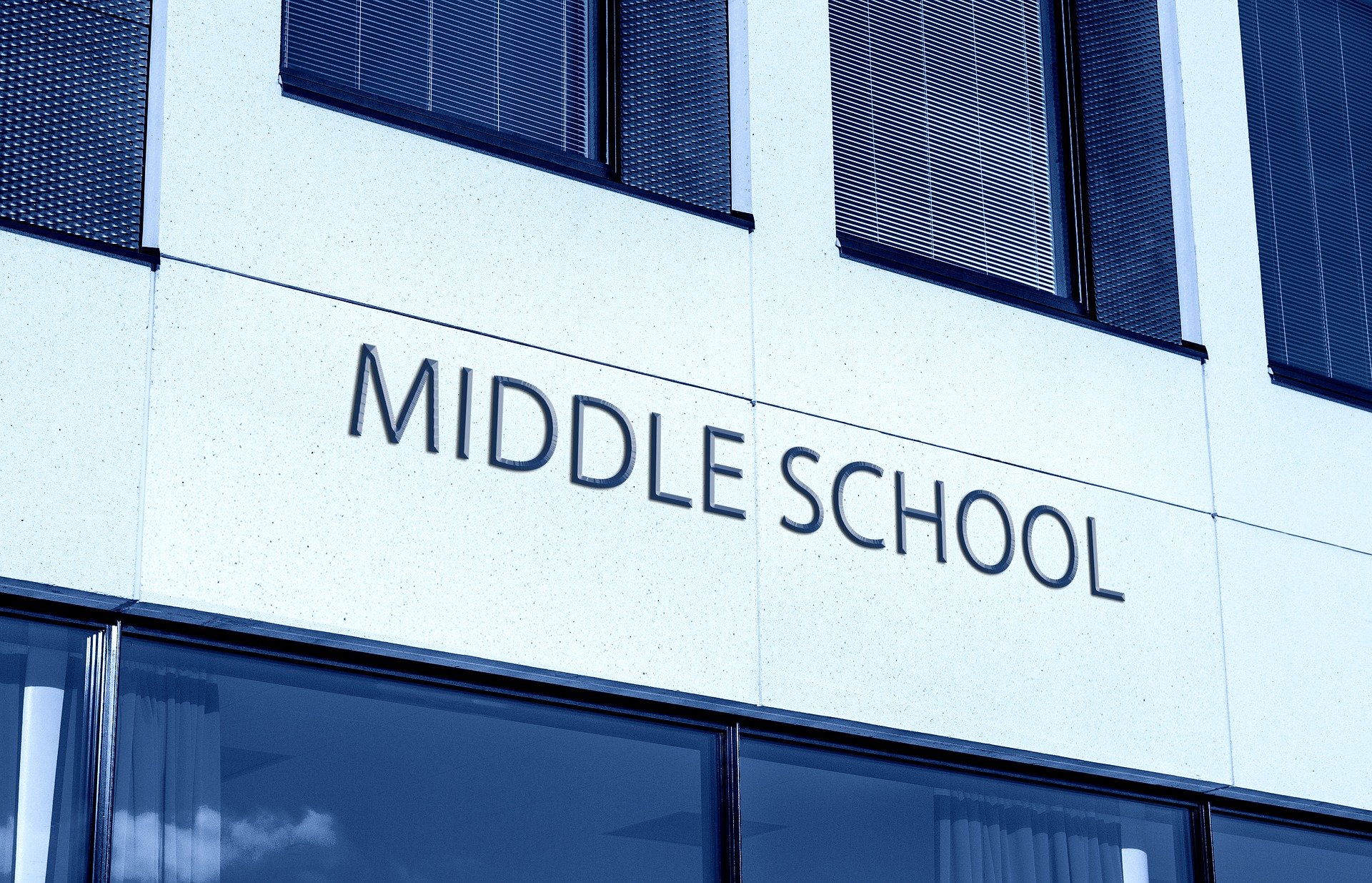When it comes to school safety grants, most people focus on federal programs—and for good reason. For example, the Department of Justice awarded more than $70 million in school safety grants this year. FEMA is likewise offering $60 million in nonprofit security improvement grants this year alone. (That’s more than twice the amount they made available just two years ago.) But federal grants are just one funding source—and may not be the most promising for your school. Here are three important school safety tips to help focus your school security grant hunting:
- Consider federal grants carefully
- Don’t neglect state and local grant opportunities
- Focus on physical security for your first grant
1. Carefully Study Federal Grants for School Safety and Security
Federal grant opportunities can be tricky. For example, FEMA’s large non-profit security grants program mentioned above draws on a total pool of $60 million, but each grant is capped at $100,000. That might seem generous, but if you have a large building or campus that hasn’t seen upgrades in many years, $100,000 may not be sufficient. Additionally, this FEMA program is broken into two funding categories. More than 80% of the available funds are earmarked for just a few dozen high-priority metropolitan areas.
As you look into federal grants, expect to find intricate application requirements, tiered funding limitations, dollar matching requirements, or regional preferences. Federal grants also may favor specific funding priorities—such as funding certain types of programs or building improvements.
As an example of these interlocking requirements—and how they may impact the chances of your grant being awarded—consider grants under the STOP School Violence Act of 2018. This law provides $21 million in funding, but is specifically aimed at projects focused on threat assessment or creating and implementing technology for anonymous early reporting of possible threats. For the purposes of threat assessment, STOP has six different funding categories, each with different funding caps based on a region’s population density. It also has a seventh category, specific to the early anonymous reporting solutions, with its own separate funding cap. To an experienced grant writer, these can represent many different avenues toward funding your school safety project. But if you’re new to these grants, they can trip you up.
2. School Safety Grants Closer to Home
Because federal programs have a nationwide applicant pool, you’ll face stiff competition. For example, in 2017 (when the FEMA program was smaller than it is today) FEMA received 906 applications. These came in from every eligible region and totaled more than $63 million in requests—even though the total grant pool was just $25 million. Ultimately 55% of the requests were funded—but clearly at a lower level than the applicants had hoped.
Contrast this to state police grants.
For the 2018-2019 school year the Michigan State Police offered $25 million in grants. In total, 407 groups applied—about half as many as for a comparable federal grant. In the end, the pool of grant money was divided among 114 public school districts, 42 non-public schools, 22 public charter schools, and 10 Intermediate School Districts/Regional Education Services Agencies—all in Michigan. If you have limited resources to apply for grants, state opportunities are probably the place to start.
And don’t forget about private foundations. For example, several corporations with big-box stores in most areas offer both small grants specific to the local community and more generous nationwide grant opportunities. Motorola offers communication-specific grants to schools. Target offers grants to communities where they have stores, and tends to favor the sorts of training- and-event-based programs that aren’t covered by state and federal grants. If your building improvements are slightly broader, you may be eligible for a State Farm Good Neighbor Citizenship grant under their disaster preparedness and recovery programs.
3. Focus On Physical Security Improvements
If you’re trying to win a state or federal grant, it’s often best to focus on durable physical security improvements. This is certainly the case if it’s your first time applying for such a grant.
For example, the Michigan State Police grants focus on equipment/technology to improve student and staff safety through building improvements. According to Michigan State Police Director Col. Kriste Kibbey Etue, “The review committee gave priority to proposals that sought to secure access points at school buildings, as it is considered one of the best and most cost-effective ways to improve school safety and security.”
The bottomline: Do your homework and look beyond the obvious federal grants.



